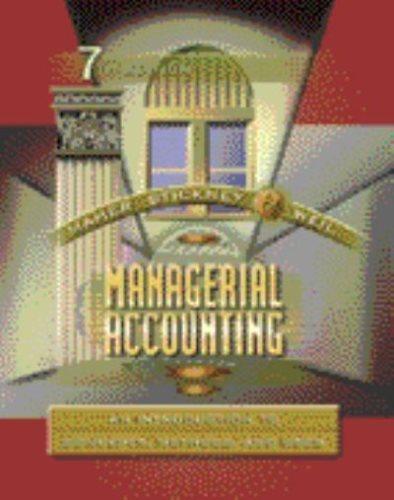Cost analysis for Chrysler Corporation. Cost-volume-profit analysis showed how much Chrysler had to improve just to break
Question:
Cost analysis for Chrysler Corporation. Cost-volume-profit analysis showed how much Chrysler had to improve just to break even in 1979. In that year, the break-even point was 2.2 million units, but the company was selling considerably fewer than 2 million units. Faced with a severe recession in the automobile industry, Chrysler had virtually no chance to increase sales enough to break even. Meanwhile, the company had received loan guarantees from the U.S. government, which evoked considerable criticism that the federal government was supporting a "failing" company.
By 1982, Chrysler reduced its break-even point to 1.1 million units, and the company reported a profit for the first time in several years. The turnaround came despite continued low sales in the automobile industry; it resulted primarily from severe cost cutting, which reduced fixed costs in constant dollars from $4.5 billion in 1979 to $3. 1 billion in 1982. In addition, the company made improvements in its production methods, which enabled it to maintain its volume of output despite the reduction in fixed costs.
a. If Chrysler's break-even volume was 1.1 million units and its fixed exists were
$3.1 billion, what was its average contribution margin per unit?
b. Why do you think management concentrated on reducing fixed costs to put Chrysler above its break-even point?
c. As a shareholder of Chrysler, what concerns might you have about the company's massive cost cutting?
Step by Step Answer:

Managerial Accounting An Introduction To Concepts Methods And Uses
ISBN: 9780030259630
7th Edition
Authors: Michael W. Maher, Clyde P. Stickney, Roman L. Weil, Sidney Davidson





